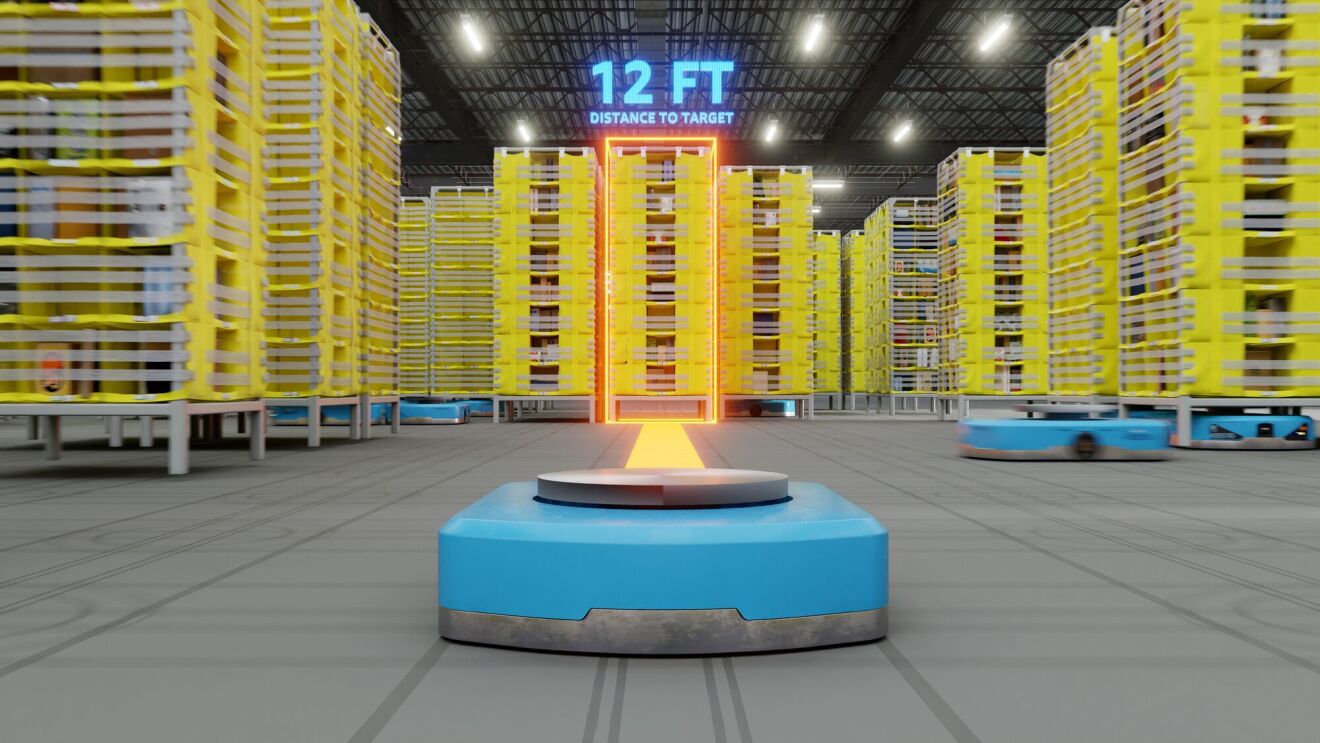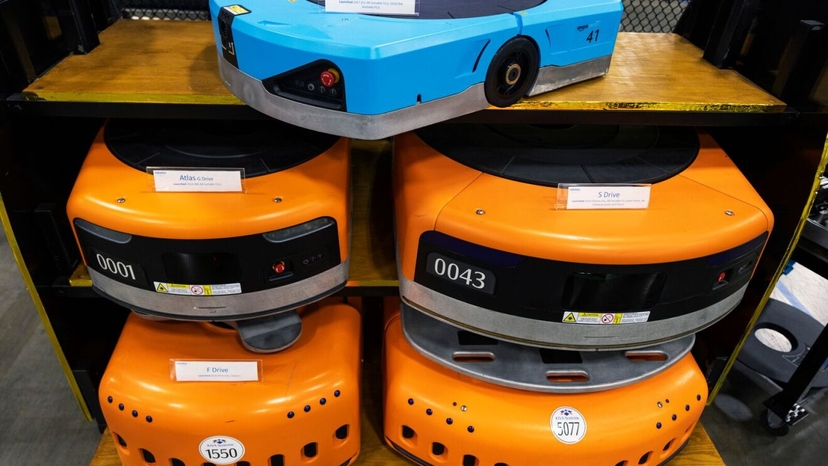
Rejoice, you giant bags of mostly water, for Amazon has deployed its one millionth bot (via TechCrunch). And by some estimates, that means it is on track to have more robots than human employees.
Wait, Amazon has over a million employees? Actually, according to the Wall Street Journal, Amazon has a 1.56 million-strong throng of human souls, presumably most of them toiling away in fulfilment warehouses.
Anyway, it's taken 13 years of bot deployment to reach the million milestone. The millionth automaton was apparently installed in an Amazon warehouse in Japan, allowing Amazon to say that it is "building on our position as the world's largest manufacturer and operator of mobile robotics."
Along with sheer scale, Amazon is claiming upgraded smarts for its latest bots. "We're also introducing a new generative AI foundation model we've designed to make our entire fleet of robots smarter and more efficient. Called DeepFleet, this AI technology will coordinate the movement of robots across our fulfillment network, improving the travel time of our robotic fleet by 10% and enabling us to deliver packages to customers faster and at lower costs," the company says.
The result is that 75% of Amazon deliveries are now assisted in some way by robots. One of the newest bots assisting in that effort is "Vulcan". Unveiled in May, Vulcan has two arms, cameras, suction cups and a sense of "touch". Amazon says it's capable of self-improving over time, which isn't in the least bit unnerving. Not. At. All.

If this all sounds like bad news for we humans, the Wall Street Journal claims otherwise. It cites examples of menial, repetitive work being replaced by bots, with humans occupying more rewarding and better-paid oversight roles.
“I thought I was going to be doing heavy lifting, I thought I was going to be walking like crazy,” the WSJ quotes Neisha Cruz, who spent five years picking items at an Amazon warehouse in Windsor, Connecticut.
She has since been trained in a robotic oversight role, and the WSJ says she earns 2.5 times as much as before. How typical that is of the Amazon experience is very hard to say.
Overall, the WSJ claims that Amazon has increased the number of packages shipped per employee per year from around 175 in 2015 to 3,870 today. A quick bit of maths puts that at about six billion packages per year.
Frankly, the numbers get silly pretty fast as soon as you look at almost anything Amazon does. And it's very hard to know what the long-term positives and negatives of it all will be. But more bots seem to be the one fairly safe assumption.







